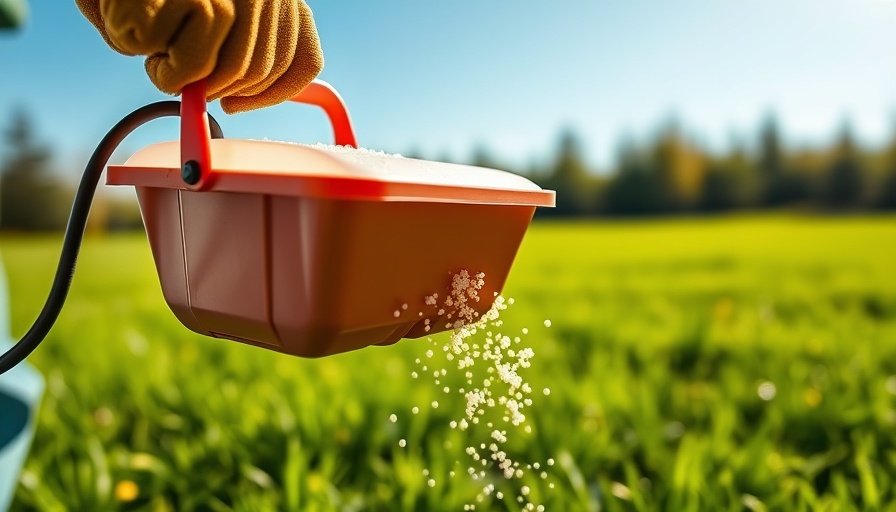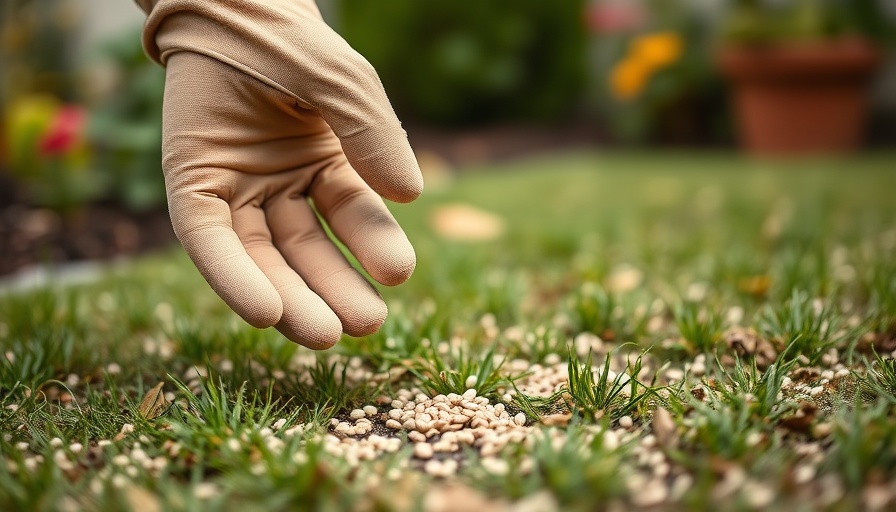
The Importance of Timing: Why Fall Fertilization Matters
As the seasons change and fall encroaches, ensuring your lawn is primed for the winter months becomes paramount. Fall lawn fertilization serves more than just an aesthetic purpose; it’s crucial for the vitality of your grass. Think of it as equipping your lawn with survival gear, enabling it to recover from the harsh summer heat, strengthen roots, and prepare for the cold. Many homeowners view fertilization as an exercise in vanity, focusing only on short-term gains, but the true benefits of fall fertilizers are long-lasting, shifting the focus to root development rather than top growth.
The advantages of effective fall fertilization extend through to spring, leading to vibrant color during cooler months, improved hardiness, better root growth, and an earlier green-up. Consider it a preventative measure: get your fall fertilization right for cool-season grasses, and you may be able to waive that early spring application, reducing the frequency of mowing times in the warmer months.
Understanding NPK Ratios: What They Mean for Your Lawn's Health
When shopping for fertilizer, you'll encounter bags labeled with a number sequence like 15-30-15. This is known as the NPK ratio, which details the percentage of nitrogen (N), phosphorus (P), and potassium (K) – the three critical nutrients for thriving grass. Each of these nutrients plays a distinct role that is particularly important as the seasons shift.
Nitrogen is critical for promoting growth; however, it must be used judiciously in fall applications. When used correctly, nitrogen can help maintain a date with a lush green lawn before dormancy sets in. But be cautious—excessive nitrogen can stimulate new top growth, leaving your lawn vulnerable to the harsh winter ahead. Additionally, it's worth noting that certain regions have restrictions on nitrogen usage; local regulations may dictate when or how much can be applied.
Phosphorus enhances root growth and fortifies overall health, yet its environmental impact is sometimes less than favorable. Because phosphorus runoff is a significant pollutant, only use phosphorus fertilizers when your soil is deficient in this nutrient. Determining your soil health through a local extension service can guide you toward informed decisions that prevent pollution while promoting lawn health.
Choosing the Right Fertilizer for Cool-Season Grasses
For those with cool-season grass types, such as Kentucky bluegrass or fescue, the need for nitrogen before the frost hits is critical. A well-balanced fertilizer for fall application should typically have a high nitrogen content relative to potassium and phosphorus. The goal is to promote root strengthening and recovery, allowing the grass to store energy for winter dormancy and prepare for a vigorous spring emergence.
Consider using a fertilizer that contains both slow-release nitrogen and a balanced NPK ratio conducive to cool-season species. This will encourage sustained growth without the aggressive growth spurt that could jeopardize your lawn’s survival through the cold months.
Best Practices for Warm-Season Grasses
Conversely, if your lawn is made up of warm-season grasses like Bermuda or Zoysia, your focus should shift from nitrogen to potassium as the primary nutrient for fall fertilization. Warm-season grasses thrive during the heat of summer, and as they prepare to go dormant, potassium plays a fundamental role in building resilience against stress factors.
For these types of lawns, consider fertilizers that have a lower nitrogen content but maintain an adequate supply of potassium. By doing so, you can ensure your lawn retains its health and vigor without risking winterkill from unhealthy growth patterns. Finding the right blend is essential for achieving a healthy balance!
Common Misconceptions About Lawn Fertilization
Many homeowners shy away from fertilizing in the fall, believing their lawns can ‘survive’ without extra nutrients. This is a misleading perspective. Fertilizing at the right times reinforces your lawn’s health and prepares it for seasonal transitions. Some may also assume that organic fertilizers are always better, but that’s not necessarily true. Synthetic fertilizers, when applied correctly, can effectively bolster nutrient levels in a timely manner, especially in preparation for drastic weather changes.
Overall, understanding how nutrients affect your lawn and when to strategically apply them can vastly improve the chance of winter survival and spring health. The key takeaway is: don't view fertilization as an optional chore; embrace it as a crucial step in maintaining a verdant, thriving lawn.
 Add Row
Add Row  Add
Add 


Write A Comment